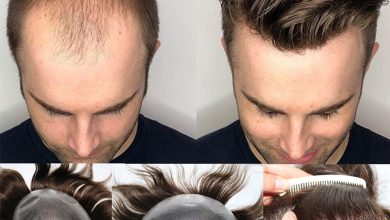King88bet adalah situs judi bola online terpercaya
King88bet adalah situs judi bola online terpercaya
Kehadiran agen SBOBET atau bandar judi King88Bet yang ada, mempunyai feedback yang positif dan pasti ada yang negatif. KING88BET muncul di tahun 2010 sebagai situs agen bola terpercaya atau agen judi bola online yang mempunyai lisensi resmi asia mempunyai nama mesin slot terpercaya First Cagayan Leisure dan PAGCOR yang Situs Judi Slot sedang di Filipina dan Isle of man, pasti disambut hendak Deposit Pulsa Tanpa Potongan sekali oleh masyarakat.


Permainan yang ditawarkan pun tidak melulu taruhan bola, sebab permintaan dari semua pemain guna menambah sekian banyak jenis permainan laksana live casino, judi slot online, togel, tangkas, idn poker dan masih tidak sedikit lagi. Tidak heran lagi bila kamu pernah mendengar agen bola terpercaya atau menyaksikan kumpulan situs judi bola terpercaya 2020. Namun mereka hanyalah fake atau scam. Seringkali memakai tag mesin slot terpercaya sebagai situs sbobet resmi, bandar judi bola online, atau Situs Judi Slot website casino online terpercaya. Namun tersebut hanyalah oknum yang meraup deviden dibalik kesuksesan kami.
Agar kalian tidak terpedaya dengan semua peniru itu maka kami berikan sejumlah informasi kumpulan daftar situs judi bola terbaik dan terpercaya 2020. Situs judi bola online terbaru Deposit Pulsa Tanpa Potongan mempunyai live chat / customer service yang responsif serta bekerja 24 jam. 2. Agen asli tentu mempunyai link pilihan berupa IP address, atau link pilihan lain yang dapat dipakai untuk semua pemain mengakses website tersebut, tetapi tautan pilihan tersebut mempunyai data yang sama. Maka bila kamu sudah pernah meregistrasi agen bola terpercaya di KING88BET, pakai akun yang sama guna bermain di link alternatif sbobet King88Bet. 3. Memiliki sejumlah permainan lain laksana permainan judi online dengan brand-brand internasional.
Kunjungi situs King88bet dan alternatifnya berikut ini :
Slot Judi Online ;
slot online terpercaya ;
Judi Slot Terbaik ;
Situs Bola Resmi ;
Judi Slot Terbaik ;
Agen Slot Terpercaya ;
Agen Casino Online ;
Togel Online Indonesia ;
sabung ayam indonesia ;
tembak ikan online ;
nonton film online ;



